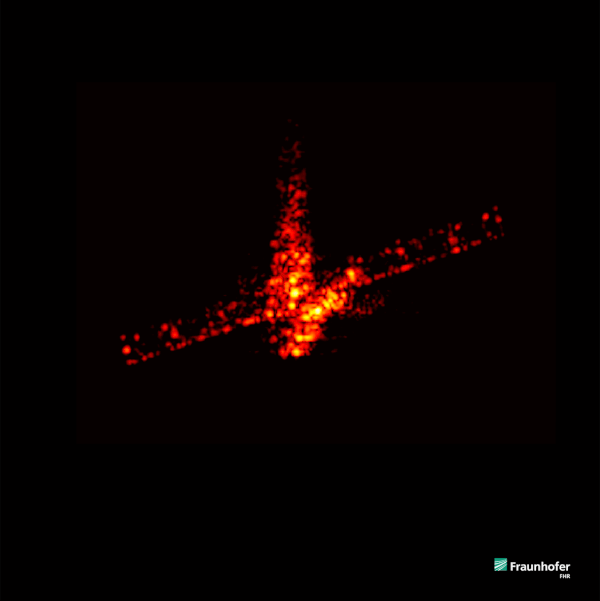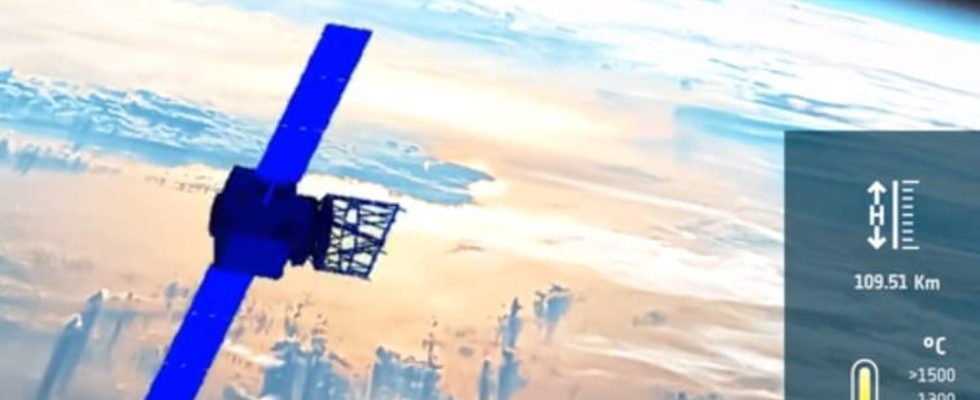This European satellite was launched in 2018, only five years ago.
Aeolus. This is the name of a European satellite full of technology and transformed in less than five years into simple space debris above our heads. Launched in August 2018 and placed in low Earth orbit, it recently made a very rapid re-entry into the atmosphere, with a trajectory that is difficult to predict and analyze. The European Space Agency (ESA) recognized the machine as “space waste” recently, before preparing for the crash.
Launched in August 2018, Aeolus was in fact scrapped this summer by the European Space Agency (ESA), which officially confirmed the end of its satellite’s life. A decision taken after difficulties in maintaining the orbit of the device, faced with a depletion of its fuel (propellants). The end is sad for this satellite equipped with powerful laser technology, capable of observing winds across the entire globe from space. Aeolus has thus contributed to significantly improving weather forecasts, according to the European Space Agency.
It was therefore necessary to organize a first-class burial for it: the ESA first attempted to control its fall and in particular to ensure the destruction of the satellite as soon as it entered the atmosphere. The maneuver is known and detailed. The satellites that have become space trash should theoretically burn little by little, as they approach the surface of the globe. But none of this happened with Aeolus!
According to a communication from the ESA at the beginning of September, this “assisted re-entry” was carried out using a new method. Aeolus first underwent a series of maneuvers aimed at gradually reducing its orbit. Then the European Space Agency studied the possible impact zones with a view to limiting the risks. The satellite ended up entering the atmosphere at breakneck speed in late July. “Around 8:40 p.m. CEST, for approximately two minutes, Aeolus became a fireball – a temporary shooting star in the atmosphere,” the space agency explains in a statement. The ESA was even able to follow the trajectory of this bolide heading straight for the Earth.

Everything therefore went well according to the ESA even if 20% of the satellite would not have completely burned up in the atmosphere. The satellite’s trajectory shows a landing point in Antarctica, far from inhabited areas, as predicted by the models. The final fall of Aeolus, still studied by the ESA, was thus transformed into a full-scale exercise for the return to Earth of future spacecraft. All with “150 times less risk” for populated areas and also less danger of collision with other satellites.
More than 6,000 satellites are now in orbit above our heads, six times more than in 2010, and the problem of their return to Earth remains one of the great space challenges of the century…
